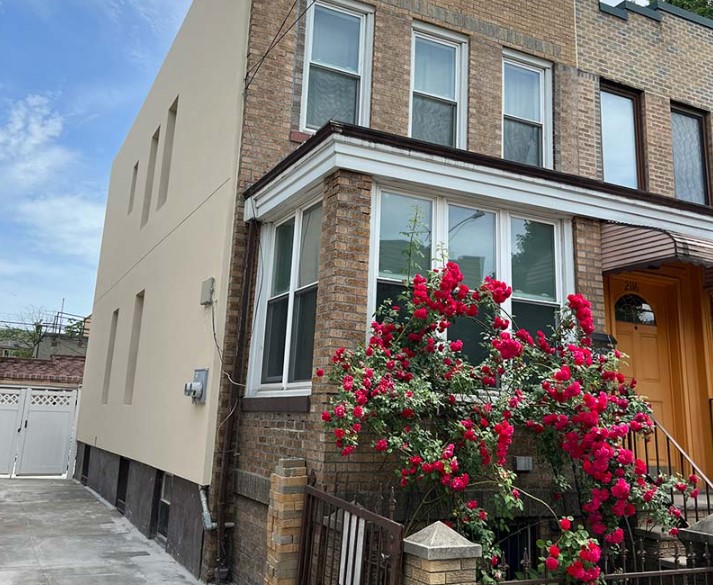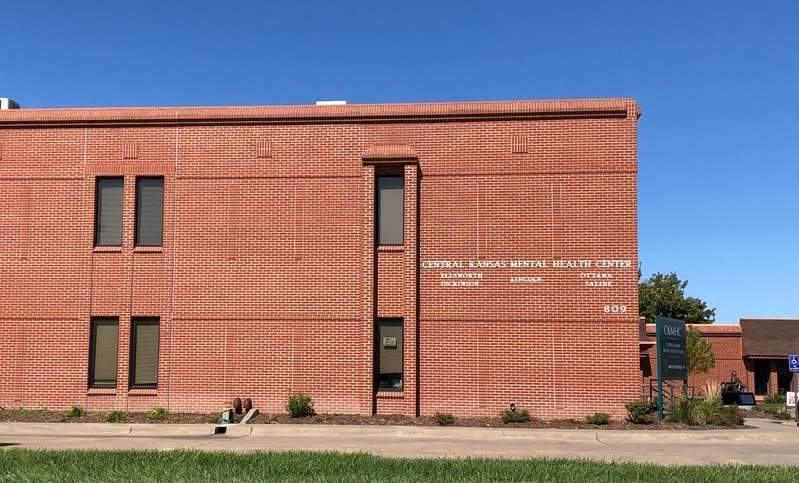GPW Health Center gains $30,000 with text-enabled automated wait list

GPW Health Center, a federally qualified health center in Northern Virginia, faced many issues that are common in a community health center setting. Some of these issues include high no-show rates, low ratings and low patient engagement.
THE PROBLEM
Low volume of confirmed appointments led to high no-show rates. A part of this issue was having to rely on phone calls and a voicemail system that patients did not listen to. GPW tried solutions such as double-booking appointments or hiring staff to focus strictly on calling patients to confirm their visits, but the high no-show rate remained the same.
“Our online presence needed attention, as well,” said David Calderon, COO at GPW Health Center. “When a health center does not work with a system to handle their reputation management, they can end up with low ratings. We’ve seen that, in many cases, patients who are not satisfied with our service are the ones that take their review to social media, instead of those who were satisfied with our service.
“Low patient engagement also proved to be a problem, as it was difficult to engage with patients when it came to their health,” he added. “We relied on an outdated mailing system that could take days for patients to receive correspondence with referrals and test results.”
PROPOSAL
GPW Health Center looked at IT vendor Luma Health for help. The vendor offered to help resolve the issues with automated confirmation text messages, a reputation-management system and higher patient engagement by using texting, intake forms and a self-scheduler.
“The automated confirmation text messages give patients the option to confirm, cancel, reschedule and even enter a wait list,” Calderon explained. “This was designed to help with high no-show rates, because it gives patients the option to decide what they want to do with their upcoming appointment as well as free up the schedule for future patients.
“Patients should have the option to self-schedule, provide constructive feedback and be heard.”
David Calderon, GPW Health Center
“The reputation-management system was used to ask patients how likely they are to recommend our facility to a friend or family member on a scale of 0-10,” he continued. “The patients with scores between eight [and] 10 are directed to leave a review on Google or Facebook to help drive up our ratings. Patients with scores between zero [and] seven are sent a survey where they can share their opinion of the visit and any suggestions for improvement.”
Luma Health suggested ways to improve patient engagement by using text messaging, intake forms and the self-scheduler.
“By being able to engage in text messaging with patients, we now have the opportunity to communicate information with patients without having to rely on manual letters,” he noted. “By using intake forms, we are able to have patients submit registrations and questionnaires to us without having to come in person. By using the self-scheduler, patients have the opportunity to engage in their health and be able to schedule appointments at their own convenience.”
MEETING THE CHALLENGE
The new IT has solved critical patient engagement challenges and has achieved everything it was designed to do, Calderon reported.
“It has been used by all of the staff at our health center as a method of communication with our patients,” he said. “It has been integrated with our eClinicalWorks EHR so the automation that happens on the Luma Health technology also is automatically saved and updated in the EHR.
“The integration also allows for patients to not only self-schedule using Luma, but also have their appointments automatically saved in the EHR to get text message reminders.”
RESULTS
GPW earned more than $30,000 in additional revenue from appointments filled by automated wait-list functionality in just seven months.
“We were able to bring our no-show rate down from an average of 32{b574a629d83ad7698d9c0ca2d3a10ad895e8e51aa97c347fc42e9508f0e4325d} to an average of about 22{b574a629d83ad7698d9c0ca2d3a10ad895e8e51aa97c347fc42e9508f0e4325d} across all of our practices,” Calderon said. “This was achieved using reminder texts and by using patients on the wait list to fill in those canceled appointments. We currently have a 68{b574a629d83ad7698d9c0ca2d3a10ad895e8e51aa97c347fc42e9508f0e4325d} wait list fill rate.
“Also, we were able to engage with patients and currently have a 69{b574a629d83ad7698d9c0ca2d3a10ad895e8e51aa97c347fc42e9508f0e4325d} engagement rate,” he added. “This has all been achieved through the many intake forms and messages that we are able to send and receive responses from.”
ADVICE FOR OTHERS
“Other healthcare-provider organizations should leverage their EHR and consider the use of integrated systems to achieve these kinds of results,” Calderon advised. “There are advanced technology solutions to communicate with patients via text message to confirm appointments, handle waitlists effectively and backfill cancellations.
“Patients should have the option to self-schedule, provide constructive feedback and be heard,” he concluded. “Many technology solutions exist to reach patients and engage with them as we move toward value-based care, and it is our duty to find them.”
Twitter: @SiwickiHealthIT
Email the writer: [email protected]
Healthcare IT News is a HIMSS Media publication.








